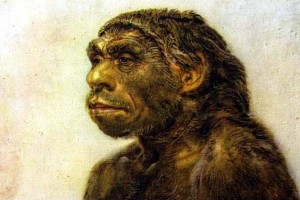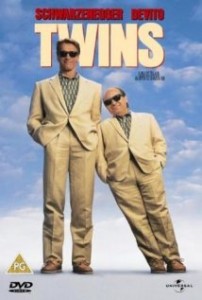Billionaire CEO and founder of Tesla and SpaceX, Elon Musk has voiced serious concerns about artificial intelligence (AI) recently. Other prominent figures such as Bill Gates and Stephen Hawking have also indicated that AI is potentially one of humanity’s greatest threats.
We only need to look at the fossil record to realize that our place as humans, the dominant species on this planet, is anything but permanent. The arrival of homo sapiens (modern humans) marked the end of at least two other proto humans, Denisovans and Neanderthals. Fortunately for Neanderthals and Denisovans, some of their population bred with modern humans. Thus, some of their genes live on according to DNA evidence. It’s also somewhat apparent once you compare the facial features of Neanderthals to some modern humans.
What will be left of us after the next phase of our evolution? We can’t seem to help but create technological versions of ourselves. It’s almost like a biological imperative. Maybe the underlying “purpose” of all our technological advancement is to create that next step in the evolutionary progression. In much the same way religion says God created us in his image, will we do the same for the life we create?
I’ve recently started watching the show “Humans”. In that world, people have created artificial beings called Synths. The Synths live among us and there is concern that they might replace us. They look human, they sometimes act human, and their existence poses and existential threat to us because they can do almost anything we can do. Yet they do not get sick, they are immortal, they learn faster and retain it all.
Robots, androids and Synths in the physical world are easy enough to spot. What happens if the AI evolves somewhere inside a super computer and has access to the internet? Would we know of its existence?
Imagine what a super intelligent, artificial mind with direct access to all the systems connected to the web could accomplish. It would make the best human hackers look like amateurs. It could manipulate financial markets, accrue wealth by creating or taking over bank accounts, alter the information we receive online, digitally create pictures and videos that look like real world events or even create new goods and services. Right now it is possible for an American sitting in his or her home to contract Chinese manufacturers or Indian programmers to create a variety of apps or items without meeting anyone in person. All made possible by the digital economy. A consciousness in cyberspace could easily create real world, tangible items. If there was a task it could not accomplish in the physical world, it could hire someone to do it via sites like Craigslist. With enough money, masquerading as one human or 1000’s of humans online, there is virtually no end to what an AI could accomplish. It could even steer the course of our society’s development or downfall without us knowing it.
Think of it this way, what if there was a human hacker dedicated exclusively to you. He could read all your emails and listen to all your phone calls. He could hack all the microphones on your various devices so that he could hear private conversations. He could see your search history and the sites you visit. With all this information, the hacker would get to know you very well. This hacker, if human, would have limitations on the number of people he could monitor and derive useful information from. An AI, with sufficient computational resources could do this to millions of people simultaneously. It could customize, for each of us, the news, images and information that we consume… therefore, heavily influencing the decisions we make. An internet based AI could wage “war” on humanity without firing a shot.
Follow me on Twitter
https://twitter.com/HumbleFuturist








